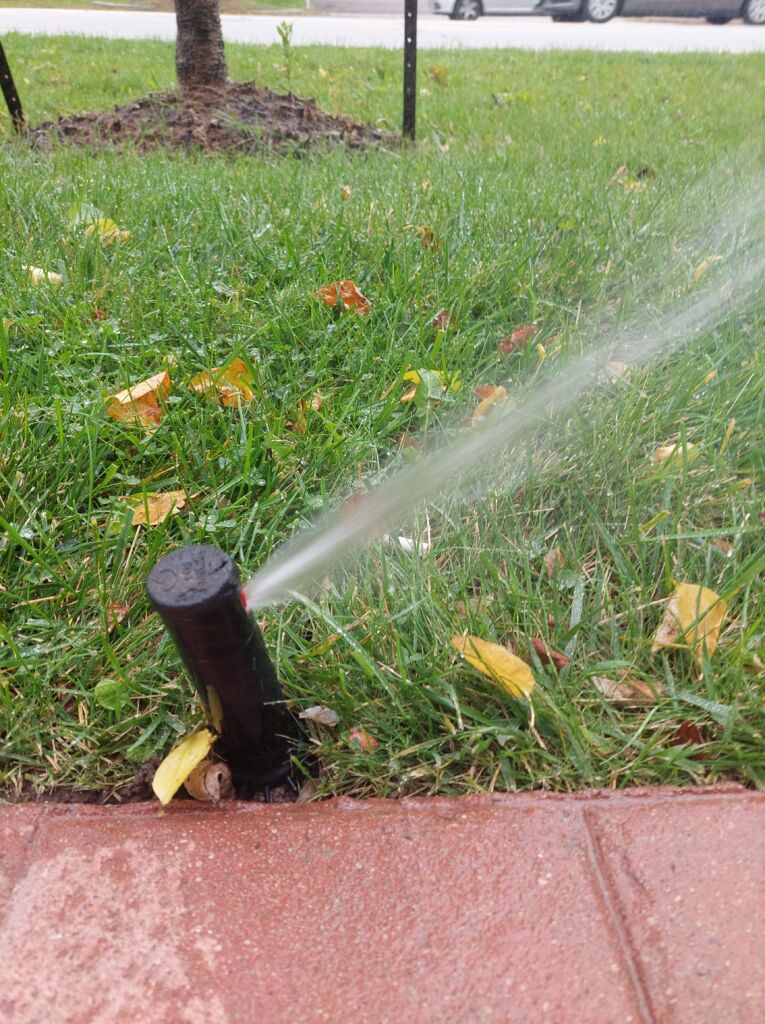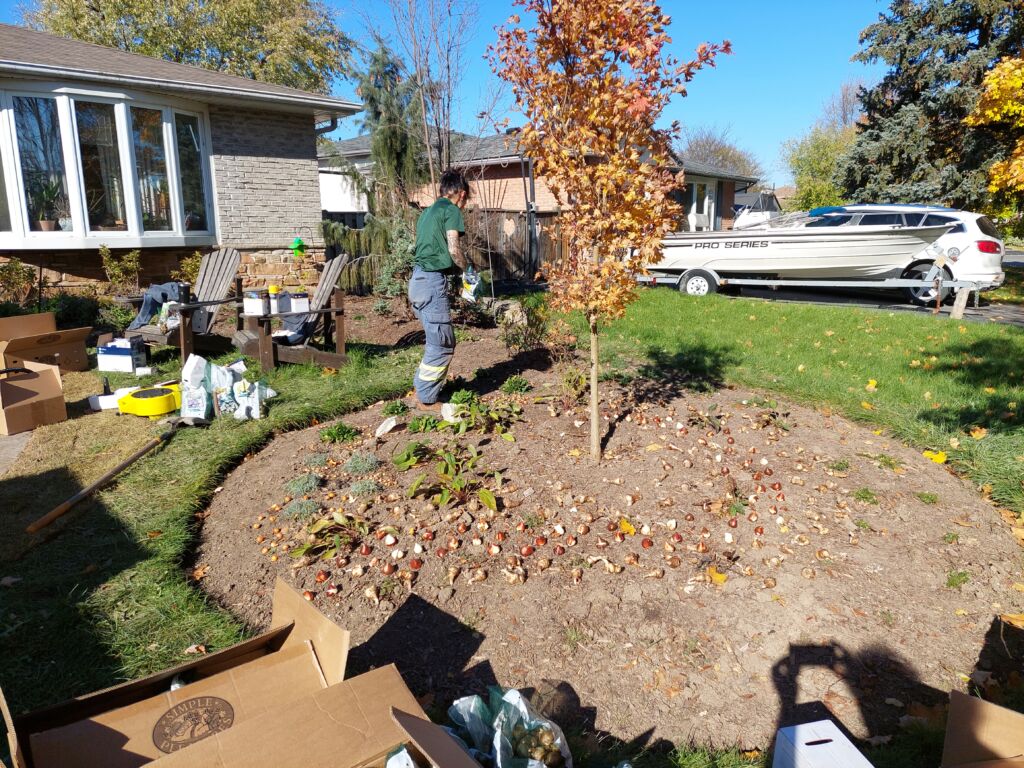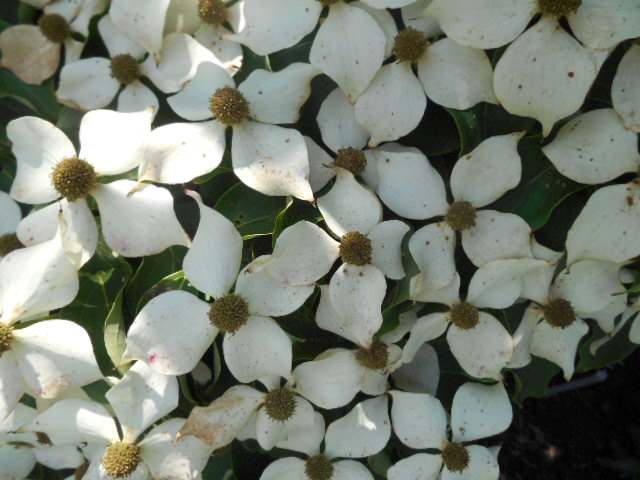I love fall planting! In fact I prefer fall for a number of reasons. When we plant in the spring, we never know how soon the hot, dry summer weather will be upon us. I always am concerned our customers will not water properly in the heat of the summer.
Here are a number of reasons why I believe planting in the fall is a great decision for gardeners and us landscapers. Please excuse my language,… I am a plant geek and I tend to anthropomorphize plants making them seem sentient…
Autumn offers a host of benefits that can lead to healthier plants, a more vibrant garden, and reduced maintenance in the spring. The advantages of fall planting are rooted in the season’s unique environmental conditions, which create an optimal setting for many types of plants to establish strong root systems before winter.
I am going to explore the reasons why fall is an ideal time for planting, including the benefits of cooler temperatures, increased soil moisture, reduced pest pressures, and the natural cycle of plant dormancy.
-
Optimal Temperature for Root Development
One of the primary reasons to plant in the fall is the favorable temperature for root growth. During the fall, soil temperatures are warm from the summer months, but the air temperatures are cooler, which is ideal for root development. The plant will not be “working” to keep itself cool but rather can use more “effort” to produce roots. The shorter day length will “tell” the plant not to produce more leaves but rather work on developing roots.
Unlike in the spring, when both soil and air temperatures are increasing, fall presents a period where the soil retains warmth, promoting root growth without the stress of intense heat. This period of active root growth continues until the ground freezes, allowing plants to establish a strong foundation before winter.
Spring planting can often be hampered by fluctuating temperatures and unpredictable weather conditions. Late frosts or sudden heatwaves can stress young plants, making it harder for them to establish themselves. In the fall, however, the gradual cooling of the air provides a more stable environment, reducing the risk of temperature-related stress and giving plants the best chance to thrive.
The soil biome, soil bacteria and mycorrhizal fungi populations decrease during the hot dry season. These populations increase in the fall with cooler temperatures. These organisms help plants grow by releasing plant available nutrients and through the symbiotic relationship with the fungi, make those nutrients as well as water readily available to the plants.
-
Increased Soil Moisture
Fall typically brings more consistent rainfall than the spring or summer, leading to higher soil moisture levels. This increased moisture is critical for new plantings, as it reduces the need for supplemental watering and helps plants establish roots more effectively. During the summer, hot and dry conditions can make it difficult to keep newly planted trees, shrubs, or perennials adequately watered. As the soil dries out, root growth slows or even stops.
In the fall, the combination of cooler temperatures and natural rainfall means that the soil stays moist longer, reducing the stress on newly planted roots and making it easier for them to take hold.
Fall-planted plants are less likely to suffer from transplant shock, which can occur when plants are moved from a nursery or greenhouse to a new environment. The cooler, moister conditions of fall reduce the risk of shock, giving plants a better chance to adapt to their new surroundings and grow successfully.
Also, many nurseries buy-in stock from other nurseries, some as far away as Tennessee or California. The plants have had the summer to acclimatize to our local conditions.

-
Reduced Pest and Disease Pressure
Pests and diseases are often less active in the fall, providing a safer environment for young plants. Many common garden pests, such as aphids and Japanese beetles are less prevalent as the temperatures drop as they are getting themselves ready for their overwintering stage.
This reduction in pest activity means that plants are less likely to be damaged by insects or diseases, which can be particularly important for young plants that are still establishing themselves.
In the spring and summer, the warm temperatures and abundant, succulent foliage create ideal conditions for many pests and diseases to thrive. By planting in the fall, we can take advantage of the natural decline in pest populations reducing the need for any intervention.
-
Dormancy and Natural Growth Cycles
Many plants enter a period of dormancy in the fall, during which they focus their energy on root development rather than above-ground growth. This dormancy period is an essential part of the natural growth cycle, allowing plants to conserve carbohydrates (energy) and prepare for the next growing season. When plants are planted in the fall, they immediately begin this process of root growth, focusing on establishing a strong root system without the added stress of supporting new leaves or flowers.
By the time spring arrives, fall-planted plants are already well-established and ready to take advantage of the warmer weather and longer days. Fall planted plants are able to use their stored carbohydrates to produce a canopy of leaves and perhaps flowers. In contrast, spring-planted plants must first establish their roots before they can begin growing, which can delay their development and lead to a less robust garden. Fall planting allows us to take advantage of the natural rhythms of plant growth, leading to healthier, more vigorous plants.
-
Easier Maintenance and Garden Planning
Planting in the fall also makes garden maintenance and planning easier. In the fall, gardeners can assess their gardens after the growing season, identifying areas that need improvement or plants that need replacing. This allows for more thoughtful planning and planting, as gardeners can choose plants that will thrive in their specific garden conditions.
Fall planting reduces the workload in the spring, when we are often busy with a wide range of tasks, from planting annuals and decorative containers, maintaining lawns and garden clean-ups. By planting in the fall, we can spread out our workload, making the gardening season more manageable and less overwhelming.
-
Better Deals and Availability at (some) Nurseries
Many retail nurseries and garden centers offer discounts on plants in the fall, as they seek to reduce their inventory before winter. This can be a great opportunity for gardeners to purchase high-quality plants at a lower cost, allowing them to invest in more plants or higher-end varieties than they might otherwise afford. Fall is also a good time to find a wider variety of plants, as nurseries often have their full inventory available, including both popular and less common species.
In addition to the financial benefits, fall planting can also be a more relaxed and enjoyable experience. Garden centers are often less crowded in the fall, and the cooler weather makes gardening more comfortable. This can make the process of selecting and planting new plants more enjoyable, allowing gardeners to take their time and make thoughtful choices.
-
Environmental Benefits
Planting in the fall can also have environmental benefits, particularly when it comes to water conservation. As mentioned earlier, the increased soil moisture in the fall reduces the need for supplemental watering, which is especially important in regions that experience water shortages or restrictions during the summer months. By planting in the fall, gardeners can help conserve water and reduce their overall water usage.
Fall planting can help support local ecosystems by providing food and habitat for wildlife during the colder months. Many native plants and shrubs provide berries, seeds, or shelter for birds and other animals, helping them survive the winter. By planting in the fall, gardeners can contribute to the health and biodiversity of their local environment, creating a more sustainable and resilient garden.
-
Specific Plants That Benefit from Fall Planting
While many plants can benefit from fall planting, certain species are particularly well-suited to this season. Trees, shrubs, and perennials, for example, are ideal candidates for fall planting because they need time to establish their roots before the growing season begins. Cool-season vegetables, such as kale, spinach, and broccoli, can also be planted in the fall, allowing gardeners to extend their harvest season and enjoy fresh produce well into the winter.
Bulbs are another category of plants that are typically planted in the fall. Tulips, daffodils, and crocuses are all popular fall-planted bulbs that bloom in the spring, providing early color and interest in the garden. By planting bulbs in the fall, gardeners can ensure a vibrant and colorful garden come spring, with minimal effort.

-
Caveat
There are a few plants that should not be planted in the autumn unless they have been container grown. Plants such as silver and red maple, oak, larch, spruce and others. Make sure you consult with a landscape professional (such as us) before you waste time, effort and resources on planting a plant that would prefer you wait a few months.
Embrace the Benefits of Fall Planting
Planting in the fall offers a wide range of benefits that make it an ideal time for gardening. From the optimal temperatures for root growth and increased soil moisture to reduced pest pressures and the natural dormancy cycle of plants, fall provides the perfect conditions for establishing a healthy and thriving garden. Additionally, fall planting can make garden planning and maintenance easier, offer financial savings, and contribute to environmental sustainability.
For gardeners looking to create a beautiful, low-maintenance garden, fall planting is a smart and effective strategy. By taking advantage of the season’s unique conditions, gardeners can set their plants up for success, ensuring a vibrant and healthy garden for years to come. Whether planting trees, shrubs, perennials, vegetables, or bulbs, fall is the time to invest in the future of your garden, reaping the rewards of a well-planned and carefully executed planting strategy.
As usual, please reach out to us with any questions.





